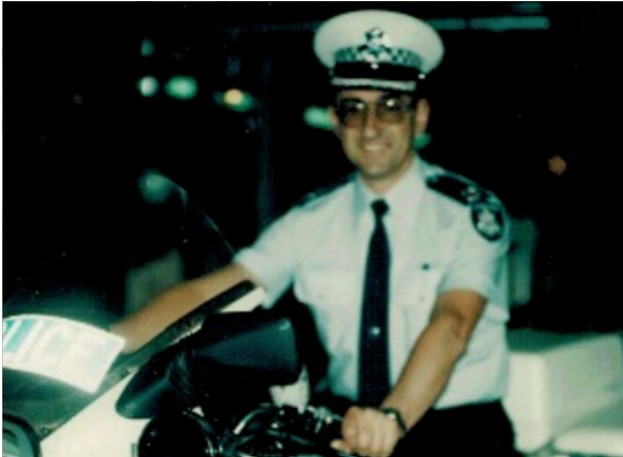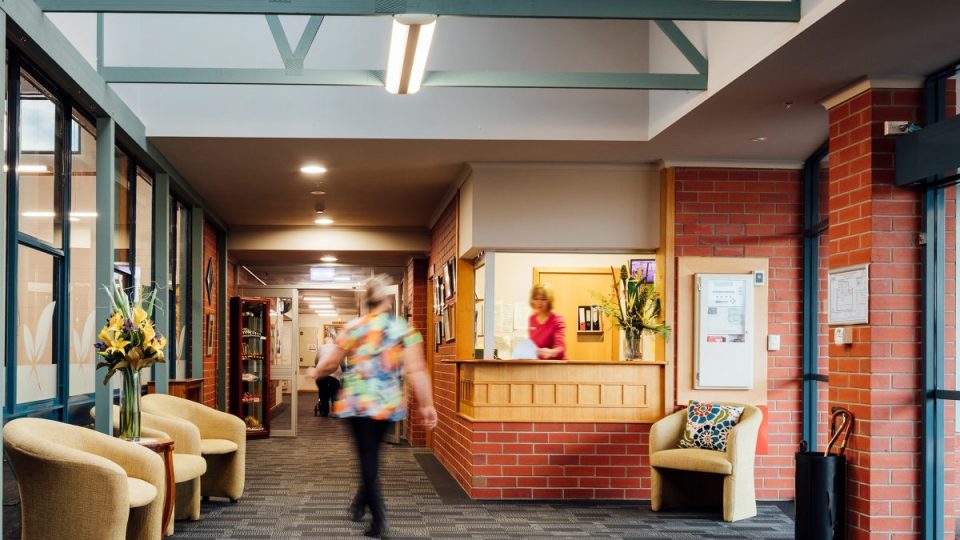Faces of Baptcare #20: Meet Shobini Balraj, a Baptcare IHC Physiotherapist
- 05 Aug 2022

What does an average day look like in your job as an In Home Care physiotherapist?
As the physiotherapist Lead, my average day varies between customer care and working from home with admin-related work. In the customer care realm, my therapists and myself are constantly on the road going from one customer’s house to another (and in present circumstances, in N95 or surgical masks).
We work alongside our customers primarily in a rehabilitative manner, equipping them with the strategies and exercises that will keep them moving, strong and most importantly safe in the home.
From a lead physio perspective, I also juggle the administrative side of all physiotherapy-related inquiries or escalations, while providing support to my team of physiotherapists and allied health assistants. I do enjoy the mix of clinical and non-clinical related work as it keeps things interesting for me.
What did you want to ‘be’ when you grew up? Did you always want to be a physiotherapist?
I initially had aspirations to work in healthcare and become an immunologist to help people with new discoveries. But in my final year of undergraduate studies I realised that, as much as I enjoyed the role, I couldn’t see myself working in a laboratory 24/7 as I enjoyed being around people too much! So I transitioned into the Doctor of Physiotherapy as I felt that physiotherapists made a direct impact and difference in improving one’s life and fit my bubbly character.
Let’s jump to the best bit…do you have any anecdotes about a great work experience you’ve had with a customer?
The one that truly stands out for me is a customer who I service out west, who has several chronic illnesses which limit his walking endurance. He informed me that his long-term goal would be to get to the corner of his street (which was a good kilometre away from his home), which he never dreamt he’d be able to do. We put in a lot of work in improving his strength and focused on each walk getting one house further than the last walk; and before we knew it while in the middle of the lockdowns last year, he managed to get beyond that point. He was over the moon as he never thought he’d be able to walk that far. So I do believe in setting small goals and conquering them one at a time, and before you know it the customer has hit their biggest goal.
What are the benefits of being an In Home Care physiotherapist?
I would say the benefit is having the supportive team dynamic. We work collaboratively with other disciplines (such as OT, podiatry, diversional therapy) to ensure our customers get a holistic approach to their care. I would also say that the job is so varied – no two customers are the same in how you would provide care for them, so you can get very creative in how you approach your sessions with each customer. Additionally, being customer-facing is always nice, particularly during the pandemic, as the customers appreciate and look forward to their time with you, and it works both ways!
On this, the eve of Aged Care Employee Day, can we ask why you like working with older people?
I have always found this work rewarding, especially when we are able to assist them in making a lot of changes to improve their wellbeing. Also, they have so much insight and interesting stories from their past, and it really makes for fascinating conversations while working with them. They in turn have shaped my opinion on life as well
Do you have a motto in life?
I truly believe in ‘don’t settle or get comfortable’, as the moment you do, you’ll essentially move backwards. I’m all for growth and becoming the best version of myself.
Who would you like to sit next to at a dinner party? And why?
I would love to sit down with Greta Thunberg, and have an in-depth conversation with her about climate change. It truly is in our own hands, and every small step towards preserving our world counts! It’s amazing that someone as young as her has such a passionate opinion about it and is advocating for changes for our future generations.
Community news
-

BaptistCare to acquire Keyton’s Western Australian retirement village portfolio
BaptistCare is pleased to announce that we have entered into an agreement to acquire Keyton’s portfolio of retirement villages in WA.
- 13 Nov 2025
-

Spotlight on Residents: Reg Baker
At Baptcare, we are always delighted to learn more about our residents’ lives. They are often filled with excitement, joy, and adventure, and it truly reminds us how rich a person’s life is—and continues to be—when they join one of our residential aged care communities. Today, we are honoured to share the remarkable story of one of our residents, Reg Baker, who lives at Baptcare Peninsula View Residential Aged Care community.
- 10 Nov 2025
-

Staff spotlight | Leonie Irvine – 35 years of service in aged care
Leonie is one of our dedicated Lifestyle Assistants at Karingal Residential Aged Care community in Devonport, Tasmania. She recently celebrated an incredible milestone - 35 years of continuous service at Baptcare. In a sector where long-term service is increasingly rare, Leonie’s 35-year journey stands out as something truly special.
- 10 Nov 2025
